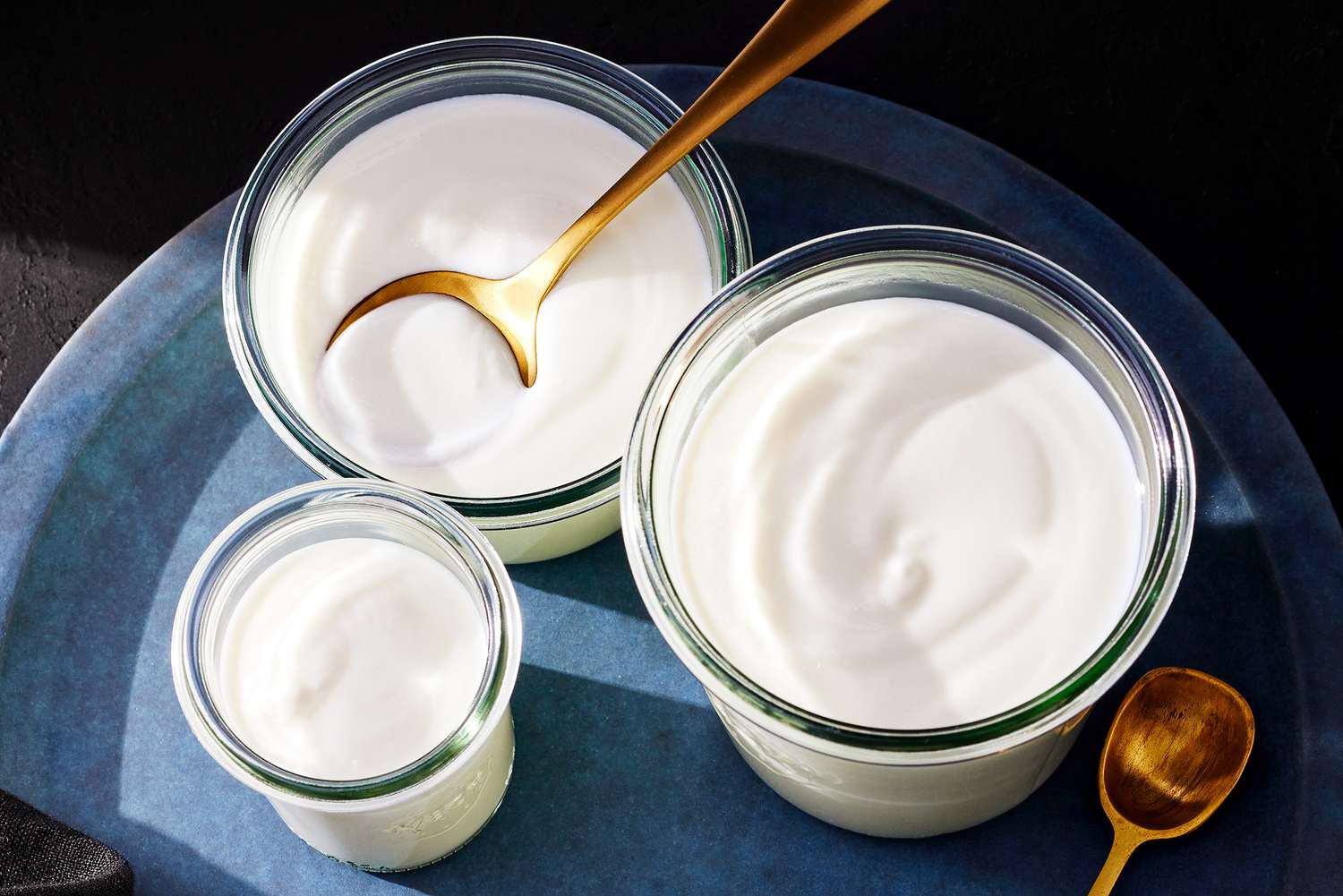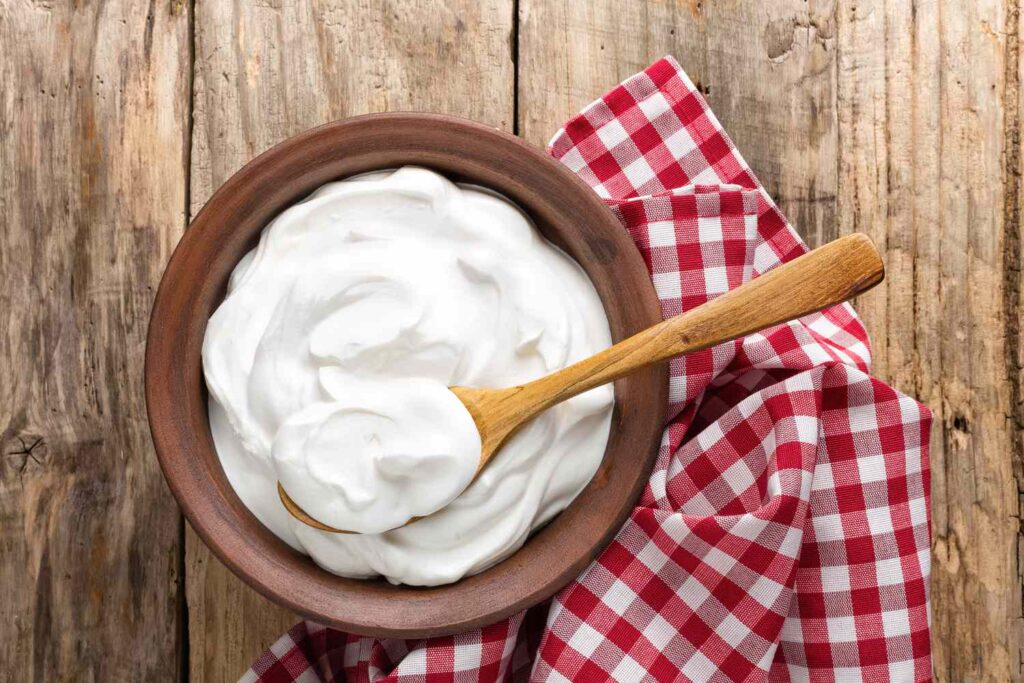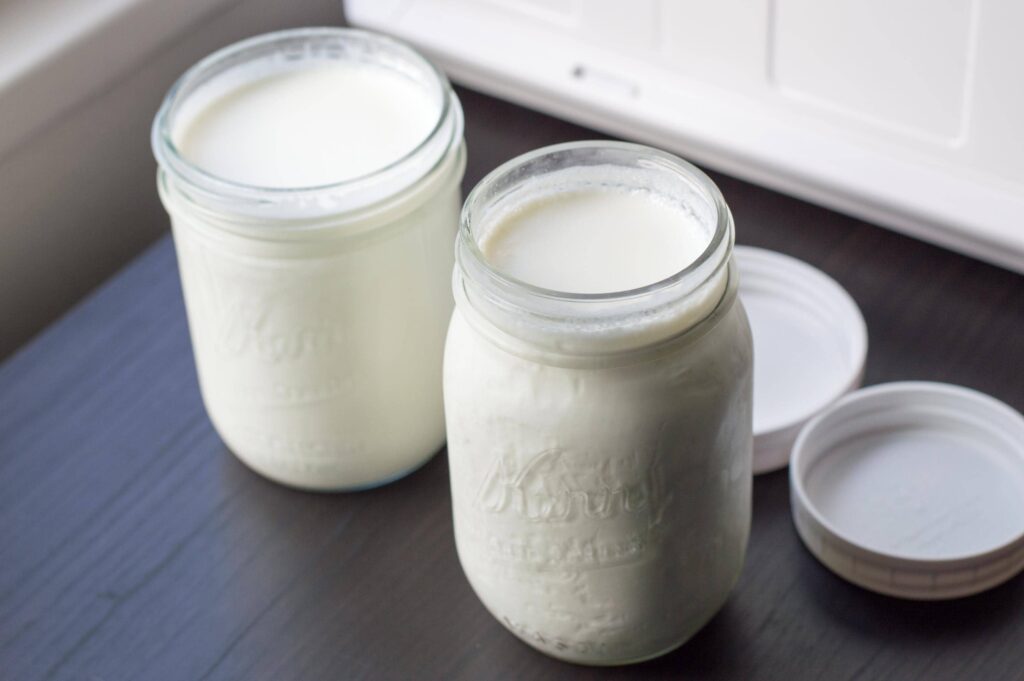Homemade yogurt is a nutritious, delicious, and cost-effective alternative to store-bought yogurt. It’s free from preservatives, additives, and artificial flavors, making it a healthier choice.
By making your own homemade yogurt, you can control the ingredients, texture, and fermentation process, resulting in a creamy and probiotic-rich dairy product.
In this guide, we will explore everything you need to know about homemade yogurt, from ingredients to fermentation, storage, and creative ways to enjoy it in your daily meals.
Homemade Yogurt: Essential Ingredients And Equipment
Making homemade yogurt requires just a few basic ingredients and tools. The quality of these ingredients greatly affects the final taste and texture of your yogurt.
Essential Ingredients:
- Milk: Whole milk is best for creamy yogurt, but you can use low-fat or plant-based alternatives.
- Yogurt Starter (Culture): A small amount of live-culture yogurt, either from a store-bought plain yogurt or from a previous batch.
Equipment Needed:
- Saucepan: To heat the milk evenly.
- Thermometer (Optional): Helps to ensure the correct temperature for fermentation.
- Glass Jars or Containers: Used for storing and fermenting the yogurt.
- Wooden or Plastic Spoon: Metal utensils may interfere with fermentation.
Once you have these essentials, you’re ready to start making your homemade yogurt.
The Science Behind Yogurt Fermentation
Fermentation is the key process that transforms milk into homemade yogurt. This process occurs when beneficial bacteria consume lactose (milk sugar) and convert it into lactic acid.
Why Fermentation Matters:
- Creates Probiotics: Fermentation develops good bacteria, aiding digestion and boosting gut health.
- Thickens the Yogurt: The acid produced during fermentation helps proteins coagulate, giving yogurt its texture.
- Enhances Flavor: The natural tanginess of yogurt comes from the breakdown of lactose.
Temperature plays a crucial role in fermentation. Ideal conditions for yogurt bacteria range between 110°F – 115°F (43°C – 46°C). If the temperature is too low, bacteria won’t thrive, and if it’s too high, they may die, preventing proper fermentation.
Step-By-Step Guide To Making Homemade Yogurt
Follow these easy steps to make your own creamy and delicious homemade yogurt:
1. Heat the Milk
- Pour the milk into a saucepan and heat it to 180°F (82°C). This helps break down proteins for a thicker texture.
- Stir occasionally to prevent burning.
2. Cool the Milk
- Remove from heat and let the milk cool to 110-115°F (43-46°C).
- If you don’t have a thermometer, check by dipping a clean finger—if you can hold it for 7-10 seconds, it’s ready.
3. Add the Starter Culture
- Take 2 tablespoons of live-culture yogurt and mix it with a small amount of the cooled milk.
- Stir the mixture back into the saucepan.
4. Incubate the Yogurt
- Pour the mixture into glass jars and cover them.
- Keep the jars warm (between 110-115°F) for 5-8 hours.
- You can use an oven with the light on, a yogurt maker, or wrap the jars in a towel for insulation.
5. Refrigerate and Enjoy
- Once the yogurt has set, place it in the refrigerator for at least 6 hours before consuming.
- The longer it sits, the thicker it gets.
By following these steps, you’ll create a perfectly textured homemade yogurt every time.
How To Store And Keep Your Yogurt Fresh
Proper storage ensures your homemade yogurt remains fresh, safe to eat, and full of probiotics.
Best Storage Practices:
- Use Airtight Containers: Store yogurt in sealed glass jars to maintain freshness.
- Keep Refrigerated: Always store at 40°F (4°C) to slow bacterial activity.
- Consume Within 7-10 Days: For best taste and probiotic benefits, eat within a week.
- Save a Starter for Next Batch: Set aside a few tablespoons to use in your next yogurt-making process.
By following these tips, your homemade yogurt will stay fresh and delicious for longer.
Creative Ways To Enjoy Yogurt In Everyday Meals
Homemade yogurt is a versatile ingredient that can be used in various dishes, from breakfast to desserts and savory meals.
1. Greek Yogurt Parfait
- Ingredients:
- 1 cup homemade yogurt
- ½ cup granola
- Fresh fruits (berries, bananas)
- Honey or nuts for topping
- Preparation: Layer yogurt, granola, and fruit in a glass. Drizzle with honey and enjoy!
2. Cucumber Yogurt Dip (Tzatziki)
- Ingredients:
- 1 cup homemade yogurt
- 1 cucumber (grated)
- 1 clove garlic (minced)
- 1 tablespoon olive oil
- Salt and dill
- Preparation: Mix all ingredients and serve as a dip for bread or grilled meats.
3. Yogurt Pancakes
- Ingredients:
- 1 cup homemade yogurt
- 1 cup flour
- 1 egg
- ½ teaspoon baking soda
- 1 tablespoon honey
- Preparation: Mix all ingredients, cook on a griddle, and enjoy fluffy, protein-rich pancakes.
These recipes make it easy to incorporate homemade yogurt into your daily meals.
See you in the next post,
Anil UZUN


